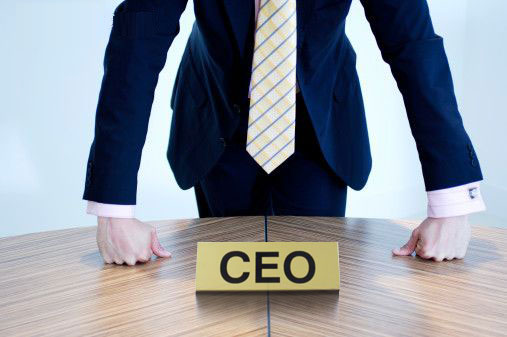THE NEW CHIEF EXECUTIVE – WHAT HAPPENS WHEN THE OLD GUARD LEAVES?
The summer stories in the UK business press have usually concerned the big retailers. Tesco, Morrison, Marks & Spencer, even the luxury brand Burberry have all had criticism lobbed at the new Chief Operating Officer.
In the case of Tesco and Morrison’s, criticism of the new chief executive has been particularly hard-hitting, coming as it did from former chief executives and chairmen.
Philip Clarke, who was appointed CEO of Tesco in 2011, faced calls to resign after the supermarket giant posted a disappointing 6.9% drop in profits – the second consecutive annual drop after a continuous rise for twenty years. Retail analysts were quick to point out that trading conditions had changed.
Mr Clarke had taken over the supermarket chain in a recession hit market, and as supermarkets across Europe were struggling to fend-off competition from budget chains such as Aldi ad Lidl. Mr Clarke was also unfortunate in taking the reins from two FTSE-100 company household names, Lord McLaurin and Sir Terry Leahy, both of whom had headed the company in times of unprecedented growth and profit. Little is known, however, of what the company did to prepare its board for the arrival of a new chief executive.
The best appointment – taking into account sector experience and management track-records – will always be undermined if a board, or next tier of senior executives is not primed to welcome and support the incoming CEO. David Perl, who heads up docleaf crisis leadership and depth coaching, says that lack of management preparation is an all too familiar story. “Even in some of the most financially successful blue chip companies, the impact of inter-personal dynamics is over-looked”. He believes that companies will only invest in depth coaching which, unlike other executive coaching, encourages the development of the most co-operative working style, when something goes wrong. “
All too often, we work with companies which have already lost, if not key personnel, then unquantifiable amounts of executive time, because inter-personal working styles have not been addressed”. “Flash points,” he continues, “that is where a company’s senior executives experience most stress and inability to perform and manage, are often the arrival of new chief executive.”
David Perl notes that senior executives who make the commitment to some form of depth coaching – whether regular one-to-one coaching sessions or a mixture of face-to-face and skype, are better placed to deal with leadership change. “There seems to be a common dynamic” says Dr Perl. “If a director has doubts, whether conscious or unconscious, about his or her own performance, it will get projected on to the newcomer. Management teams fall out and an entire board loses its focus which should be the profit and well-being of the company.”
Tags:
Related Posts
- Why docleaf Leadership uses the 5DL – Five Dimensions of Leadership ( 4th February 2018 )
- Alcoholism in the workplace ( 18th May 2017 )
- How is Tesco’s CEO, Dave Lewis doing from a leadership perspective? ( 18th May 2017 )
- GOOGLE IN A SPIN ( 4th April 2017 )
- COMPARING TWO TOP BRANDS ( 21st March 2017 )
- AUTHENTIC BUSINESS LEADERS – WHY DOCLEAF OFFERS SOMETHING DIFFERENT ( 26th January 2017 )
- THE SELF AWARE LEADER ( 8th November 2016 )
- MID-LIFE CRISES AND LEADERSHIP GROWTH ( 13th January 2016 )
- HSBC – A FAILURE OF LEADERSHIP? ( 7th February 2015 )
- LEADERSHIP PERFORMANCE: HSBC HEAD TALKS OF “EMOTIONAL INTELLIGENCE” ( 21st January 2015 )

